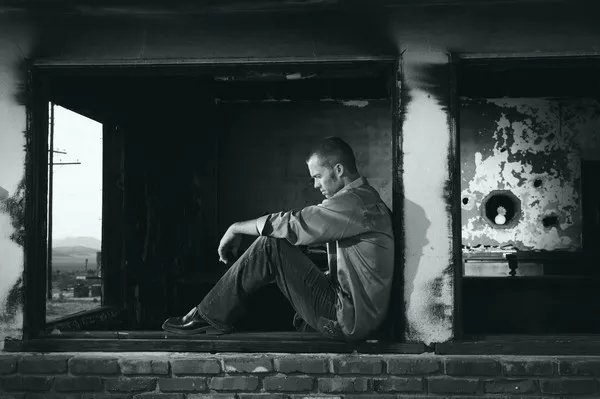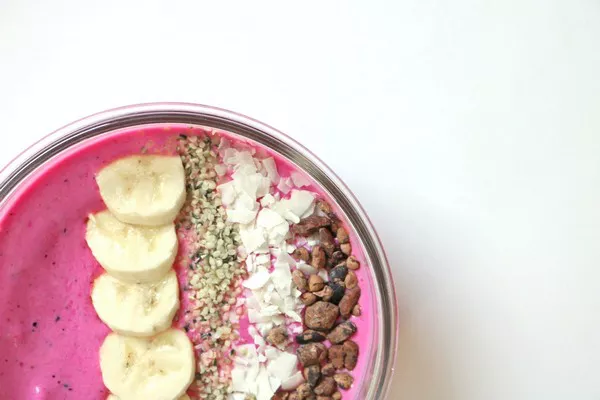Keloids are a unique and often perplexing dermatological condition characterized by the overgrowth of scar tissue. When discussing keloids, the question that frequently arises is, “How long does it take a keloid to heal?” Keloids can be a source of physical and psychological discomfort for those who suffer from them. In this comprehensive article, we will delve into the intricate world of keloids, exploring their causes, treatment options, and, most importantly, the factors that influence the duration of their healing process.
Understanding Keloids
What Are Keloids?
Keloids are abnormal growths of scar tissue that extend beyond the boundaries of the original wound or injury. Unlike typical scars, keloids can be raised, thick, and often have a reddish or purplish hue. The word “keloid” itself derives from the Greek word “chele,” which means “crab’s claw,” aptly describing the claw-like appearance of these growths. Keloids can develop anywhere on the body but are most commonly found on the chest, shoulders, upper back, and earlobes. To fully grasp how long it takes for a keloid to heal, we must first understand their formation and underlying causes.
Causes and Risk Factors
The exact cause of keloid formation is not entirely clear, but it is believed to involve a complex interplay of genetic, environmental, and cellular factors. Notably, keloids often develop following trauma to the skin, such as surgical incisions, burns, acne scars, or even minor injuries like ear piercings. However, not everyone who experiences such injuries will develop keloids, indicating a genetic predisposition. Certain populations, particularly those with darker skin tones, are more susceptible to keloid formation. Thus, understanding the causes and risk factors is essential when estimating the time it takes for a keloid to heal.
The Healing Process of Keloids
When addressing the healing process of keloids, it’s crucial to recognize that keloids themselves do not truly “heal” in the conventional sense. Rather, they continue to grow and expand over time, often becoming more prominent. This characteristic sets them apart from normal scars, which tend to fade and flatten as they heal. Keloids result from an abnormal response to the wound-healing process, where an excess of collagen is produced, leading to the raised and thickened appearance. The duration of keloid progression and whether it eventually stabilizes is influenced by various factors.
Factors Influencing Keloid Healing Time
1. Size and Severity
One of the primary determinants of how long it takes for a keloid to heal is its size and severity. Larger and more severe keloids tend to progress more slowly and may never fully stabilize. The growth phase of keloids can last for several months to years, during which the keloid may continue to enlarge. Smaller keloids, on the other hand, might reach a stable state more quickly, but the exact time frame varies from person to person.
2. Location
The location of the keloid on the body can also impact its healing time. Keloids in areas with a rich blood supply, such as the ears and face, may heal more rapidly than those in areas with poor circulation. Blood carries vital nutrients and oxygen to the tissues, which can aid in the healing process.
3. Genetics
Genetics play a significant role in keloid formation and healing. Individuals with a family history of keloids are more likely to develop them and may experience a longer healing process. Genetic factors influence the body’s response to injury and its ability to regulate collagen production.
4. Skin Type and Ethnicity
Skin type and ethnicity are important considerations in keloid healing. People with darker skin tones, including African, Asian, and Hispanic populations, are more prone to keloid formation. Additionally, individuals with darker skin may take longer to see improvements in the appearance of their keloids, which can affect the perceived healing time.
5. Treatment Modalities
The choice of treatment can significantly impact the healing time of keloids. Various treatment options are available, including surgical excision, corticosteroid injections, laser therapy, cryotherapy, and silicone sheeting. Each approach has its own timeline for effectiveness and may require multiple sessions for optimal results.
Treatment Options for Keloids
1. Surgical Excision
Surgical excision involves the removal of the keloid by a dermatologist or plastic surgeon. While this method can provide immediate reduction in size, it does not guarantee that the keloid will not return and may require post-surgical treatments to prevent recurrence. The healing time after surgical excision varies but may take several weeks to months.
2. Corticosteroid Injections
Corticosteroid injections involve the direct injection of steroids into the keloid. This treatment can help reduce inflammation and shrink the keloid. The frequency of injections and the healing time depend on the individual’s response to the treatment.
3. Laser Therapy
Laser therapy uses specific wavelengths of light to target and break down the excess collagen in keloids. Multiple sessions are typically required, with several weeks between each session. Improvement in keloid appearance may be gradual, and the total healing time can span several months.
4. Cryotherapy
Cryotherapy involves freezing the keloid with liquid nitrogen. This method can be effective in reducing the size of the keloid, but it may require multiple sessions, and the healing process can take several months.
5. Silicone Sheeting
Silicone sheeting is a non-invasive approach that involves applying silicone sheets or gels directly to the keloid. This treatment should be used consistently over a period of months to see results. Silicone sheeting is often combined with other treatments for better outcomes.
6. Radiation Therapy
In some cases, radiation therapy may be used to treat keloids, particularly if other treatments have been unsuccessful. Radiation therapy is typically administered in a series of sessions over a few weeks, and healing time varies.
Psychological Impact of Keloids
The psychological impact of keloids should not be underestimated. The visibility and physical discomfort associated with keloids can lead to emotional distress, self-esteem issues, and even depression in some individuals. The mental and emotional well-being of patients is an important aspect of keloid management. Seeking support from mental health professionals or support groups can be beneficial for individuals struggling with the psychological effects of keloids.
Preventing Keloid Formation
Prevention is often the best strategy when dealing with keloids, especially for individuals with a history of keloid development. Taking steps to minimize the risk of keloid formation includes:
Avoiding unnecessary trauma to the skin.
Treating wounds promptly and properly.
Using silicone sheets or gels on healing wounds.
Following post-operative care instructions after surgeries.
Consulting with a dermatologist or plastic surgeon for early treatment if a keloid tendency is suspected.
It’s important to note that not all keloids can be prevented, and genetics can play a significant role in their development.
Conclusion
In conclusion, keloids are a complex dermatological condition with no definitive answer to the question, “How long does it take a keloid to heal?” The duration of keloid progression and stabilization varies widely among individuals and depends on factors such as size, location, genetics, and treatment choices. Understanding the causes, risk factors, and available treatment options is essential for managing keloids effectively. While complete resolution may not always be possible, with the right approach, individuals can achieve significant improvements in the appearance and discomfort of their keloids, ultimately enhancing their quality of life.
[inline_related_posts title=”You Might Be Interested In” title_align=”left” style=”list” number=”6″ align=”none” ids=”2359,2356,2353″ by=”categories” orderby=”rand” order=”DESC” hide_thumb=”no” thumb_right=”no” views=”no” date=”yes” grid_columns=”2″ post_type=”” tax=””]



































